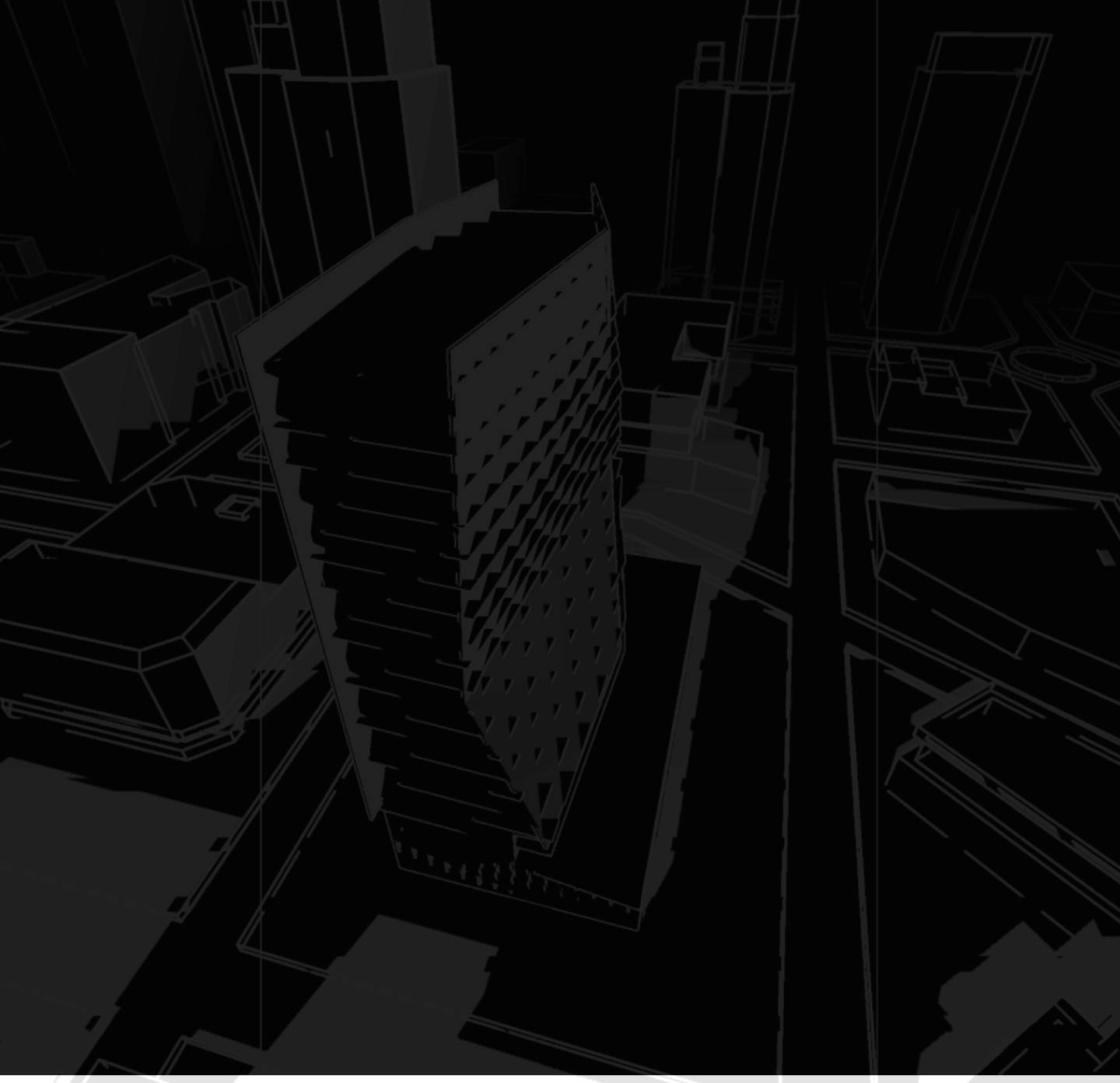Maximize Architect Engagement with Building Product Features: Share More. Sell More.
In the competitive landscape of green building product manufacturing, distinguishing your offerings is paramount.
One strategic approach is to showcase the innovative features of your building products, particularly focusing on sustainable and energy-efficient solutions.
This not only captivates architects but aligns with the evolving demand for eco-friendly building practices.
Offering Demonstrations and Samples
To effectively communicate the value of your building products, providing hands-on experiences or virtual demonstrations is key.
These interactions enable architects to witness firsthand your products' practical applications and integration capabilities within their designs.
By organizing workshops or leveraging AI, you offer a deep dive into the product's usability and performance, fostering a stronger connection between your brand and its potential users.
Hands-on Experiences or Virtual Demonstrations
Organize events where architects can directly engage with your products or use interactive platforms to simulate real-life scenarios.
These experiences are invaluable for demonstrating how your products can seamlessly be incorporated into architectural projects, enhancing the design process with practical and innovative solutions.
Providing Sample Materials for Testing
Distributing sample materials or prototypes for evaluation allows architects to assess the product's texture, quality, and project compatibility.
Such tangible experiences empower decision-makers, ensuring they have the necessary insights to confidently specify your products.
Sustainable and Energy-Efficient Features
Today's architectural design increasingly prioritizes sustainability and energy efficiency. Highlighting these features demonstrates your commitment to environmental stewardship while showcasing how your products contribute to greener building practices.
Emphasize the sustainable benefits of your offerings, from reduced energy consumption to lower carbon footprints, positioning your brand as a leader in eco-friendly solutions.
Green Building Certifications and Environmental Benefits
Provide architects with concrete evidence of your products' sustainability through green building certifications like LEED.
Presenting energy efficiency data and environmental benefits validates the eco-friendly attributes of your products and enhances their appeal to clients seeking to meet specific sustainability goals.
By effectively communicating the unique features and environmental benefits of your building products, you foster trust and confidence among architects. Showcasing these attributes aligns your offerings with the modern architectural movement towards sustainability, bolstering your market position and paving the way for long-term success.
